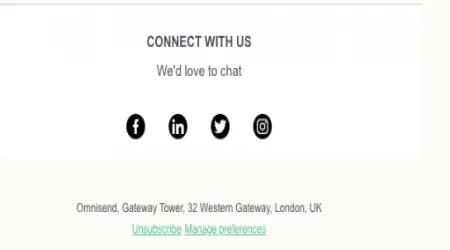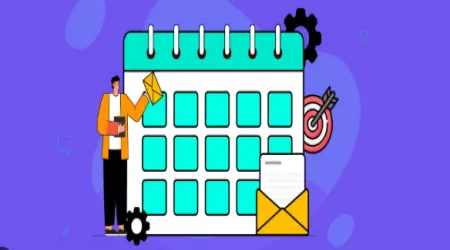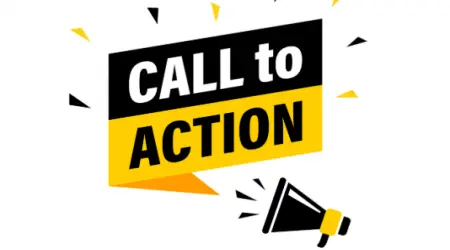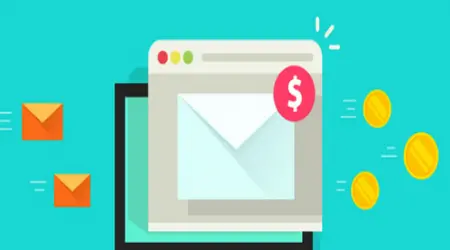
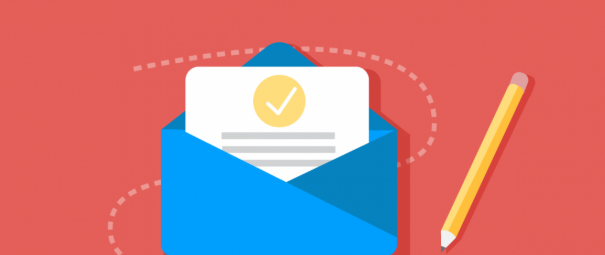
Writing Email Copy That Converts
Writing Email Copy That Converts
Your email’s design may catch the eye, but it’s your copy that convinces subscribers to take action.
Whether your goal is to sell a product, drive traffic, or build a relationship, words matter—especially in email marketing.
In this article, we’ll explore how to craft email copy that:
Captures attention
Builds trust
Creates desire
Moves readers to click or reply
1. Know Your Audience Inside and Out
Effective copy starts with understanding your readers’:
Pain points
Desires
Language and tone
Objections
Motivations
Use surveys, interviews, customer feedback, and past email data to refine your messaging.
2. Write Compelling Subject Lines
The subject line is your first impression and often the deciding factor for opens.
Tips:
Keep it short (40–60 characters)
Create curiosity or urgency (without spammy words)
Be clear and relevant
Use personalization when appropriate (name, location)
Examples:
“Are you making this common marketing mistake?”
“Your free guide is waiting”
“Quick question about your business”
3. Start With a Hook
Your opening sentence should grab attention and entice readers to keep reading.
Use:
A question
A surprising fact or statistic
A relatable story or scenario
A bold statement
4. Focus on Benefits, Not Features
Explain how your offer solves a problem or improves your reader’s life.
Example:
Instead of:
“Our software has 24/7 customer support.”
Try:
“Get answers any time, day or night—so you’re never stuck.”
5. Use Clear, Conversational Language
Write like you talk. Avoid jargon and complex sentences.
Short paragraphs and simple words help readers scan and understand quickly.
6. Tell Stories to Connect Emotionally
Stories build trust and make your message memorable.
Use anecdotes, customer success stories, or your own experiences to illustrate points.
7. Use Social Proof
Include testimonials, case studies, or statistics that show your credibility and results others have achieved.
8. Create a Strong Call to Action (CTA)
Be direct and clear about what you want the reader to do next.
Use action verbs:
“Download your guide,” “Reserve your spot,” “Reply now,” or “Shop the sale.”
Place your CTA prominently, and consider repeating it for longer emails.
9. Remove Friction and Objections
Anticipate concerns and answer questions within your copy.
Use phrases like:
“No credit card required”
“Cancel anytime”
“Limited spots available”
10. Use Formatting to Enhance Readability
Bold key phrases
Use bullet points for clarity
Break up text with whitespace
Use short sentences and paragraphs
11. Personalize Where Possible
Use merge tags for names and other personal details.
Segment your list to send relevant content tailored to interests or behaviors.
12. Edit Ruthlessly
Cut fluff and unnecessary words.
Make every sentence serve a purpose.
13. Test and Analyze
Try different subject lines, CTAs, and email lengths.
Track open rates, click rates, and conversions to learn what works best.
Final Thoughts: Write With Your Reader in Mind
The best email copy is clear, engaging, and focused on your reader’s needs.
By crafting messages that speak directly to your audience’s desires and challenges, you create emails that not only get opened but also inspire action.

